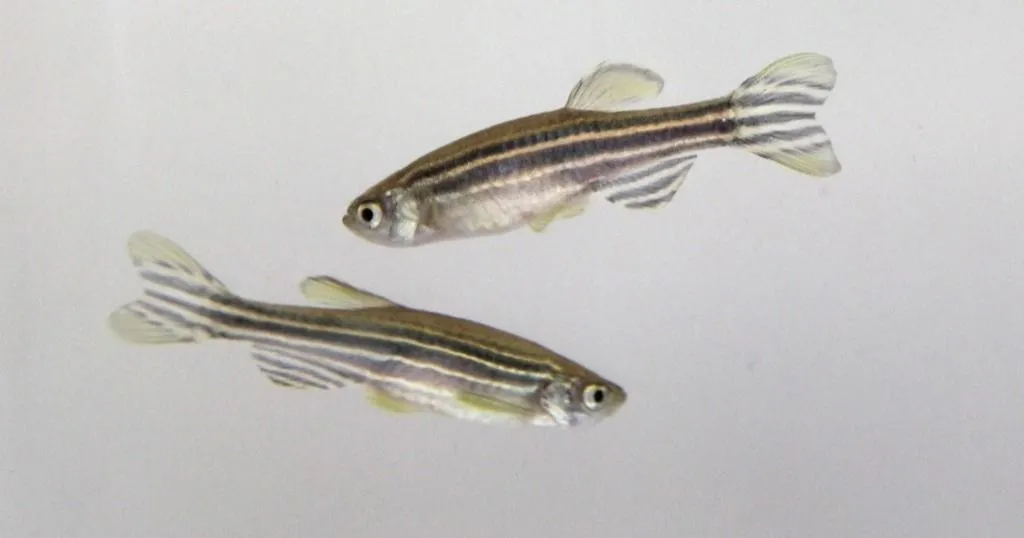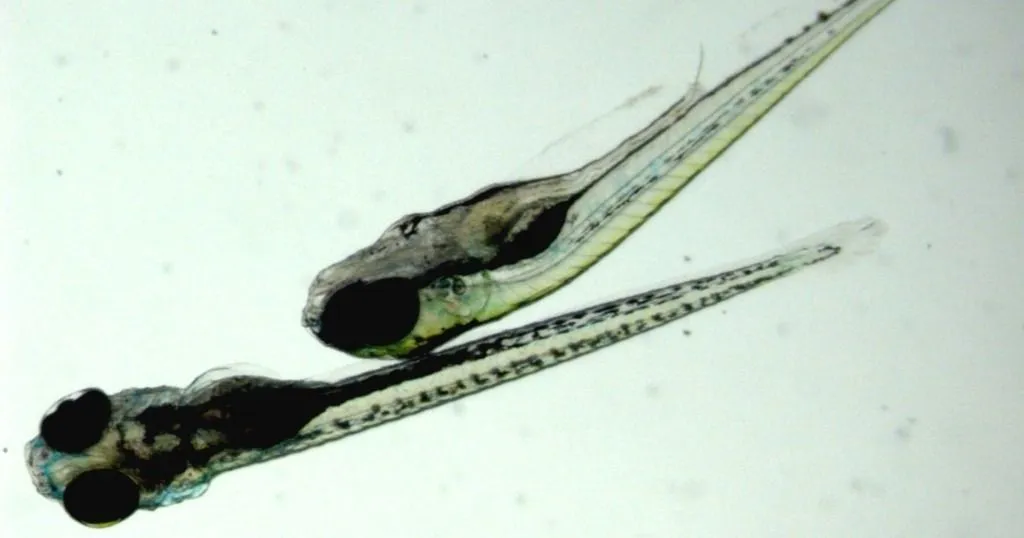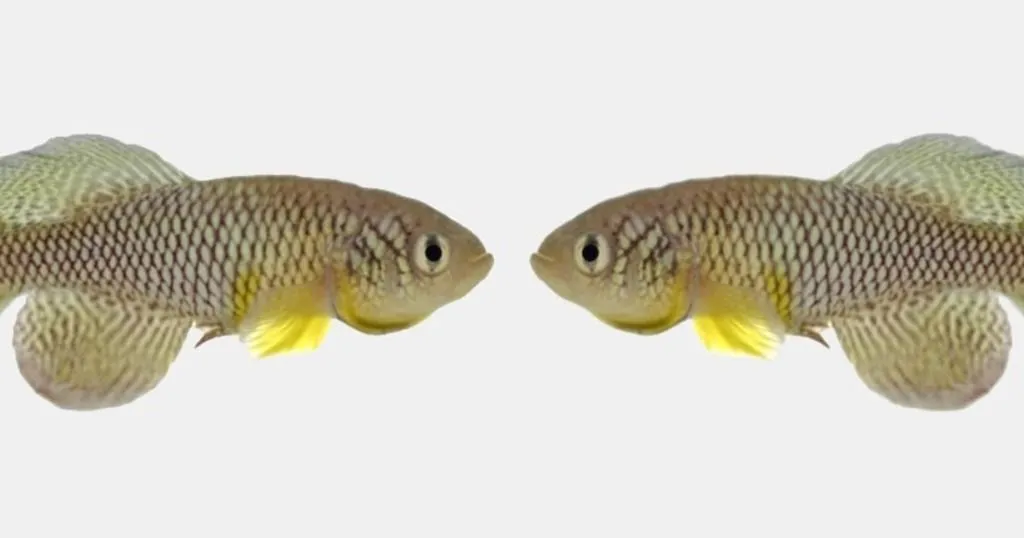Testing PCBs toxicity - behavior in zebrafish and their offspring
PCBs are synthetic molecules that were used in transformers, electric motors, and more applications. It was quickly discovered that these molecules are toxic, and subsequently, they were banned.
Posted by
Published on
Tue 08 Oct. 2013
Topics
| EthoVision XT | Exploratory Behavior | T-maze | Toxicity | Video Tracking | Zebrafish |

PCBs (polychlorinated biphenyls) are synthetic molecules that were used in transformers, electric motors, and more applications from the 1930s onwards. It was quickly discovered that these molecules are toxic, and subsequently, they were banned. Still, their heavy use then and their long half-life still cause PCB contamination today. As dietary intake is the main source of exposure, it often finds its way into our food chains trough fish. It has been linked to alterations in reproduction, the endocrine system, and organ functioning in both animals and humans. In addition, epidemiological studies have found a link between PCB exposure and ADHD.
A new approach to toxicological studies of PCBs
Many studies on the effects of PCBs have focused on short-term exposure to high doses. Péan et al. (2013) decided to take a more elaborate approach. They chronically exposed zebrafish to PCBs at levels that were similar to those found at contaminated sites, tested their behavior, and then tested the behavior of their offspring.
Treatment groups
In the first generation of fish (F0), four treatment groups were created. Two received food that was spiked with PCB either in medium or high doses and two groups served as controls and got food that was spiked with a solvent, or just plain food. After 250 days of contamination, the fish got tested. After 300 days, fish were mated to obtain offspring (F1) that were also tested. Because there were no differences found in the solvent and plain groups during F0 testing, only one control group (Solvent) was used for F1 testing.
Contamination passed onto offspring
PCBs were found to transfer to zebrafish eggs, so in fact treatment groups of both the F0 and F1 fish were contaminated. Both generations did not show difference in weight and length across the treatment groups that could have caused the behavioral differences found.
T-maze experiment
F0 fish were first tested in a T-maze. One of the goal arms was deeper and contained marbles, artificial grass, and a shelter. This was designated the more favorable environment. Velocity, mobility, latency to reach the deep arm, number of exits from the deep arm, and time spent in the deep arm were measured automatically with video tracking software EthoVision XT.
Different doses of contamination had different effects: while the PCB-medium group swam faster, got to the favorable zone quicker, and settled there, the PCB-high group showed no such difference when compared to the control groups. The authors suggest that the medium dose might have cause the fish to overreact to the situation, while the higher dose had a completely different effect.
24 hour activity monitoring
The second experiment done with F0 fish consisted of 24 hours of activity monitoring. The fish were divided over 12 tanks (3 fish per tank) on top of an infrared floor and distance traveled was tracked automatically for 24 hours.
During the last lights-off period, differences in velocity were found: the PCB-medium had an intermediate increase in velocity and the PCB-high group had a high increase, compared to the controls. Only the PCB-high group differed significantly in activity between day and night, and had a higher activity at the end of the night. The authors speculate that this might be due to anticipation of the oncoming day or due to a modification in circadian rhythm that may only occur at high PCB doses.
Light-dark challenge larvae
Then the second generation (F1) larvae were presented with a light-dark challenge. Placed individually in cells of a 24 well plate, larvae were subjected to a 5 minutes lights on – 5 minutes lights off – 5 minutes lights on test which was video recorded with EthoVision XT. Distance travelled was measured.
All larvae showed a similar activity pattern in reaction to the light changes: when the lights were switched off, activity increased, when the lights were turned on again, activity decreased to even lower levels than before. The activity of both contaminated groups was higher during lights off. In the second lights on phase only the PCB-medium were more active than the rest.
24 hour activity monitoring F1
At two months of age, F1 fish were tested in a 24h swimming activity test with a similar set-up to the 24h activity test for F0 fish. In one session, the camera was placed above the tank to monitor horizontal movements. In another, the camera was placed in front of the tanks to monitor vertical movements. Swimming path length, time spent in each third, and number of passages between sections were measured. Track extraction and analysis was done with EthoVision XT.
Only vertical swimming activity revealed differences. All fish shifted their preference from the bottom and mid sections during the day to the upper section during the night. The PCB-high group showed a higher section transition activity than that of the solvent group, while the PCB-medium had intermediate transition activity. During the day, PCB-high fish showed the lowest level of bottom dwelling, which could be interpreted as less anxiety.
General conclusions
The two contaminated groups responded differently to the behavioral tests. The authors found evidence that the PCB-medium fish had behavioral changes related to the stimulus or environmental change while the behavioral changes of the PCB-high fish were rhythm disruptions.
For the first time, effects were also tested in offspring. Larval activity seemed to be stimulated in the PCB-medium larvae, but suppressed in the PCB-high larvae. This effect was also seen in the parents during the T-maze test. In the 24 hour test of the offspring (F1), the positioning of the contaminated fish suggested a decrease of stress and or anxiety. But the decreased bottom section occupancy and increased transitions also might be due to weakened home-base behavior or loss of behavioral inhibition which could lead to increased predation risk. There were only minor changes in vertical positioning during the night suggesting that, contrary to F0 fish, nocturnal behavior was not markedly affected.
In both generations and in all tests, contamination always seemed to result in some form of activity. This could be relevant to the established link between PCB and ADHD.
Read more
Read more about this research: Pean, S.; Daouk, T.; Vignet, C.; Lyphout, L.; Leguay, D.; Loizeau, V.; Bégout, M.-L.; Cousin, X. (2013). Long-term dietary-exposure to non-coplanar PCBs induces behavioral disruptions in adult zebrafish and their offspring. Neurotoxicology and Teratology, 39, 45-56.
Find out more about tools for zebrafish larvae activity monitoring or zebrafish adult T-maze testing.
Related Posts

Zebrafish research: growing demands in South America

Getting robust results: one zebrafish is not like the other

